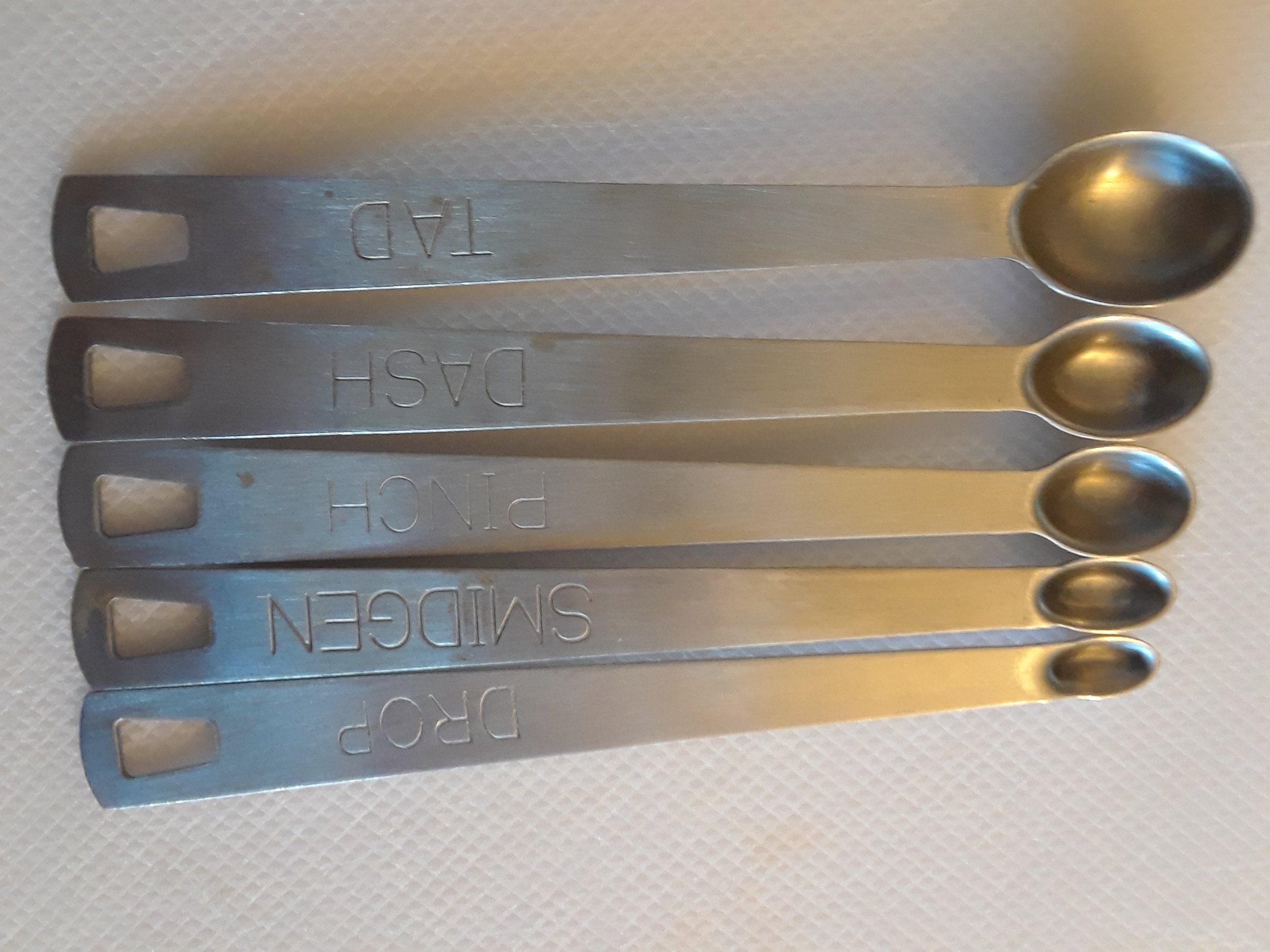Well, it does make a bit of sense. Apologies if this sounds patronizing, but I'm trying to put it in the most accessible terms I can. Science stuff follows, so skip if you don't care.
A molecule is "oxidized" when it gives up an electron. In turn, something is "reduced" when it grabs that electron that is given up. We call these redox reactions. In brewing, the side of this equation that involves grabbing the electrons (i.e the oxidizer that becomes reduced) and that people tend to concern themselves with often involves oxygen (though it isn't strictly so). For lack of a better way of putting it, we can combat the oxidizer by adding in a decoy reducer that really wants to be oxidized (i.e. the decoy really wants to give up its electron(s)). Ascorbic acid and Na/K metabisulfate are examples of this kind of decoy. These can pump electrons into the redox cascades nullifying the oxidizer and thereby protecting the compounds that we don't want to be oxidized. The difference is in the case of Na/K metabisulfite as a decoy its oxidation substantially and irreversibly changes its structure, so it can no longer participate in any meaningful reactions. Ascorbic acid, however, is oxidized to dehydroascorbic acid, which compared to its parent molecule only lacks some electrons (and accompanying protons). Dehydroascorbic acid can act as an oxidizer, accepting electrons from easily oxidized compounds and thus being converted back to ascorbic acid. Ascorbic acid and dehydroascorbic acid are what is called a redox pair.
Here is this is the thing I question about the "super oxidizer" issue. In redox pairs, when something is a good reducer, which ascorbic acid is, the other part of the pair is a sucky oxidizer i.e. dehydroascorbic acid (one can even look up the redox potentials here, but that is getting a bit over the top...). The only way you could end up with a "super oxidizer" issue is if you added a crap ton of ascorbic acid then horrifically oxidized the whole thing so that all of the ascorbic acid was converted to dehydroascorbic acid. You would then have crap ton of a lousy oxidizer in there, which could in theory cause problems. The only time I could realistically see this being an issue is if a ton of ascorbic acid was used on the hot side, it survived the mash/boil, the wort was heavily aerated with pure O2, and the yeast was super slow starting and didn't rapidly consume the O2.




